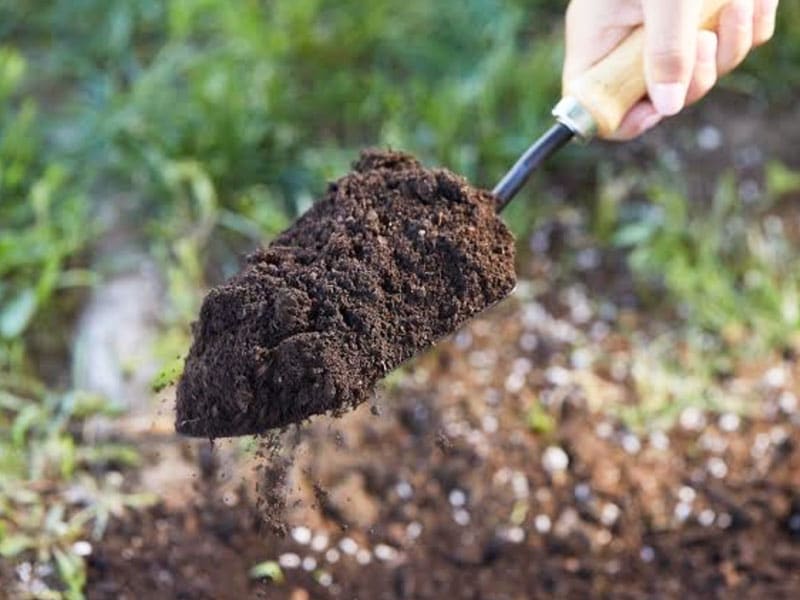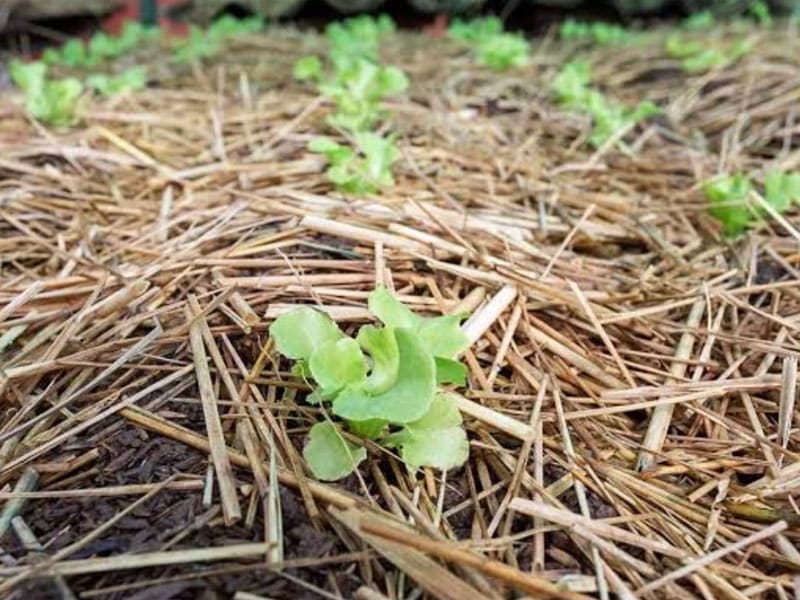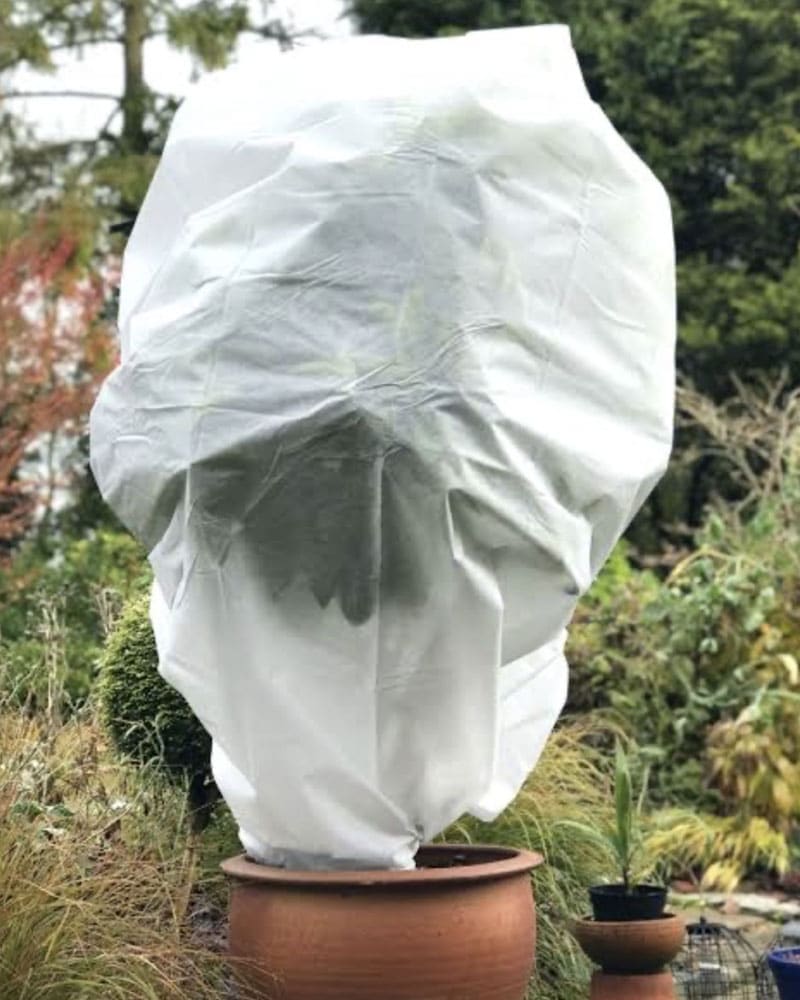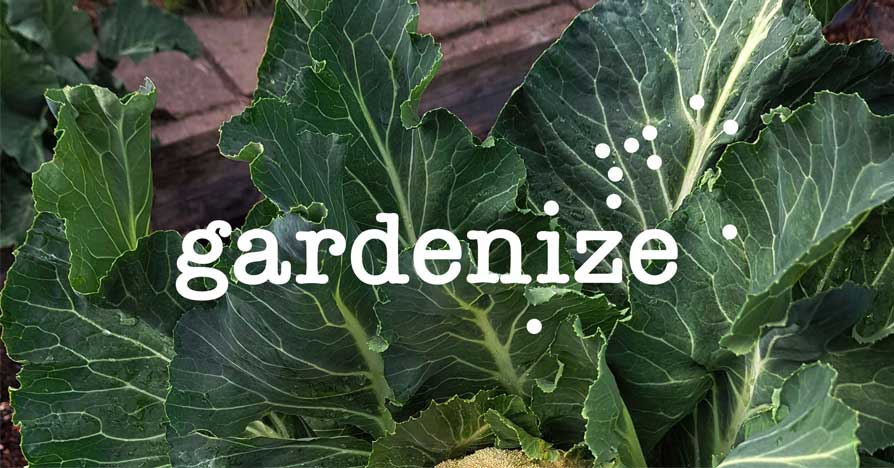What to Do in the Garden in July
You won’t have the plants ready in spring unless you care for them in winter. It’s quite tricky to keep them dormant, protecting them from frost and thaws. Maintaining a steady temperature at the roots while keeping the growth at a pause is the way to go in July. And this article is all about that.

In this season, plants stop growing because they need to save energy and nutrients to give their best to the flowering season. In this guide, we talk about the five most beneficial things to help plants save more fuel and stay nourished to reach the growing season with their full potential.
There aren’t a lot of things to do this time. But these few are unavoidable. Following these five will surely be fruitful in supervising your winter garden.
5 Garden Things You Shouldn’t Miss in July in Australia
Free Draining Soil:
Although Clay soils are extremely fertile, they aren’t great for the garden in winter. It holds water to the root for a long time, and the low temperature turns the water into frost. And therefore, your plants’ roots start to get damaged. To prevent that, you need to turn the soil into draining soil, and guess what? You can do that for free of cost.

Australia has lots of clayey areas all over the country, including Melbourne. Make sure to do a percolation test to identify your soil type. If it contains too much clay and no sand, you may have to mix a few natural elements into your soil to increase its drainage capacity.
Mulching:
Want to keep the root temperature at a steady level? We all know how the temperature differs from day to night during winter. At night, the temperature goes to a freezing level. On the contrary, it’s warm and sunny while the sun is around. No matter how warmer the days are, this constant temperature plunging will surely cause more harm to the plants than good. That’s why you should help the roots be at freezing temperatures, even during the day. Yes, you heard that right!
Mulching the roots will prevent the sunshine from reaching them, and as a result, the temperature on the ground won’t go up too high. This way, you save the plants from constant shocks that cause winter diebacks and other complex issues.
However, there are a few options to be used for mulching. Rock is the best of them as it highly insulates your plant roots. Again, you can utilize pine needles, leaves, and grass clippings that slowly break down to fertilize the soil while insulating it.

Greenhouse Cleaning:
This is the month you’ll use greenhouses the most. As you didn’t use it for months, it likely requires a huge cleanup session. Remove algae, moss, and grime to let the sun in! Otherwise, your plants will be deprived of the full potential of a greenhouse.
Cleaning a greenhouse isn’t a pleasant thing to do in the chilly weather, but once done, it can do wonders for your tender plants. Start with removing the plants inside, then clean algae and other visible specks of dirt with a brush or vacuum. It’s best to use detergent or disinfectant to clean the structural parts to eliminate pests and molds.
Don’t forget to replace the broken parts if it has any. Or the cold breezes will find their way into the grow house.
Tidy Up:
Remember, bugs lay eggs in winter and hatch them immediately as Spring arrives. Killing them right now is the way to save your flowers and buds in the upcoming season.
Although you must stay careful throughout the year, you must be more cautious in July. Bugs and fungus can spread out faster and easier than ever. If you take the tender plants indoors, ensure they’re placed with the window. The plants will receive enough sunlight to keep the mentioned problems away.
Inspect for diseases and bugs in plants and take action against them as soon as possible. You can keep water and bird food in the garden. When birds come, they make the job easier. Ensure that you’re only killing the foes, not the friends. Don’t run heaters constantly if you have plants in that area.
Fleecing:
It’s pretty effortless to take care of the potted plants in winter. You can easily take them to safe places like a greenhouse, even at the last moment. But the outdoor ones stand alone outside in the wild weather. In July, Most parts of Australia have the coldest days and nights of the year, and locking in the moisture with plant covers is the most effective way to knock off the frost.
Fleecing the delicate and vulnerable outdoor plants will help you increase the temperature by a couple of degrees inside the fleece cloth. But remember, you have to uncover them during the lighting hours. Otherwise, the humidity will cause the plants to sweat, which will cause mold, fungi, and other diseases.
You can use horticultural fleece, tarp, or row covers to get the job done. If the plants are weak and small, you can use some stakes underneath the fleece to give it a tent-like structure and prevent it from touching the leaves.

Final Garden Thoughts
Not all parts of Australia have the same weather. So, you have to pick the mentioned jobs according to the weather condition of your area. You may need to adopt a few and neglect others or modify a few. Overall, keep things the way your greens want.

Guestwriter: Shabnaj Yeasmin
Shabnaj has been a garden enthusiast since childhood, growing up helping her grandma in the garden. They mostly grew vegetables, herbs, and fruits in a South Asian country where they have both summer and winter and a heavy monsoon season. This gave her a better understanding of what plants to grow in which climate and how to take care of them during different seasons.
GARDENIZE GARDEN APP
A gardening friend with a green thumb and photographic memory
Gardenize is an app for gardening and cultivation that helps you to overview, understand and develop your garden and your gardening skills.
Order makes it easier to succeed and Gardenize structures information and photos and makes it searchable for you. You also get tips and inspiration from other Gardenizers around the world.
Gardenize is free to use and you can download Gardenize from the App Store or Google Play, or create an account the Gardenize web app for web browsers.



